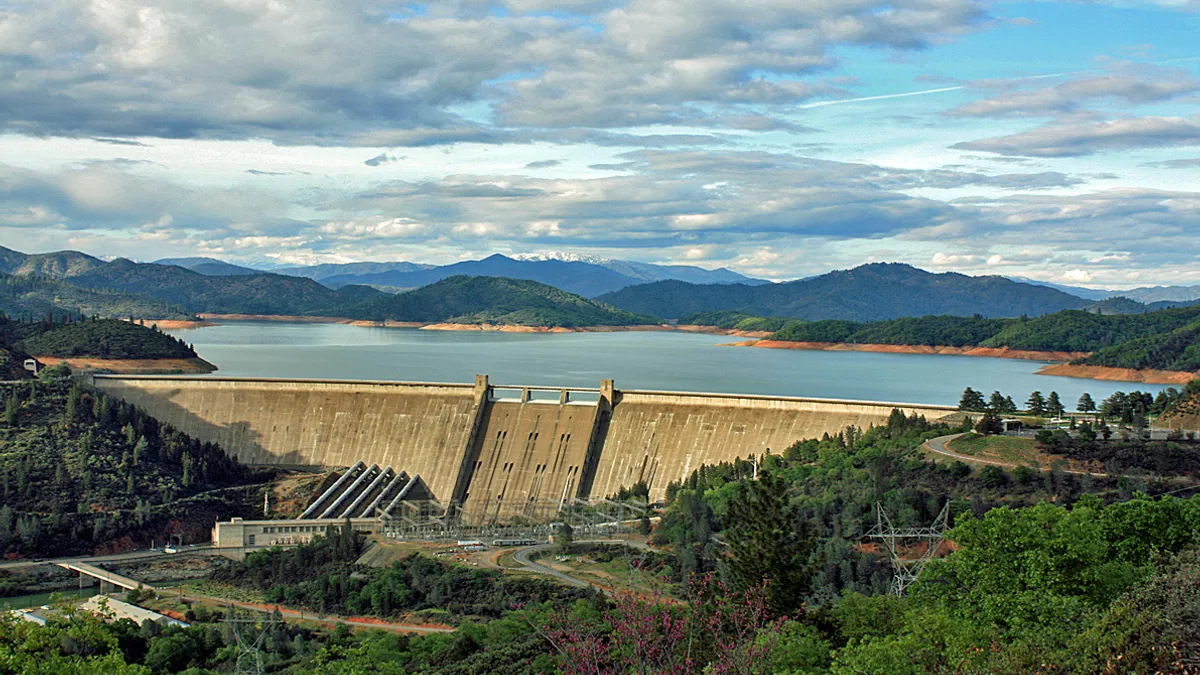Dive Brief:
- Hydropower and other renewable energy producers are pressing Congress to extend tax credits for their facilities, saying they need assistance to compete with wind and solar which have already had their credits extended, the Hill reports.
- According to The Hill, the four energy groups wrote to Congress that “every day that passes without an extension increases the uncertainty for project developers in our industries and creates a further negative economic market signal to the investment community."
- Among signees are the National Hydropower Association, American Biogas Council, Biomass Power Association and the Energy Recovery Council.
Dive Insight:
The fight for solar and wind power tax credits might garner the headlines, but biofuels and hydropower producers say they too need incentives to help the country lessen its carbon footprint.
Without the tax credit extension, the Hill noted those industries fear they will struggle to compete with solar and wind resources that are receiving subsidies. Last year, lawmakers reached a deal to extend the wind production tax credit through 2020, and the solar investment tax credit will phase out through 2022.
This summer, the Department of Energy concluded the United States has about 50 GW of untapped hydropower potential that would reduce greenhouse gas emissions by 5.6 billion metric tonsThe bulk of potential hydro resources, according to DOE's July assessment, comes from pumped storage projects, which could provide more than 35 GW of capacity.
Also noted in the report: the potential for almost 5 GW of new development on non-powered dams, and more than 6 GW of upgrades to existing hydropower.
National Hydropower Association Executive Director Linda Church Ciocci said in a statement that the report "fundamentally hits the reset button for our industry by ushering in a new way of thinking about hydropower, while fracturing misconceptions that we don’t have room to grow sustainably."
DOE concluded that hydropower could grow from its current 101 GW capacity in the United States to nearly 150 GW by 2050.














